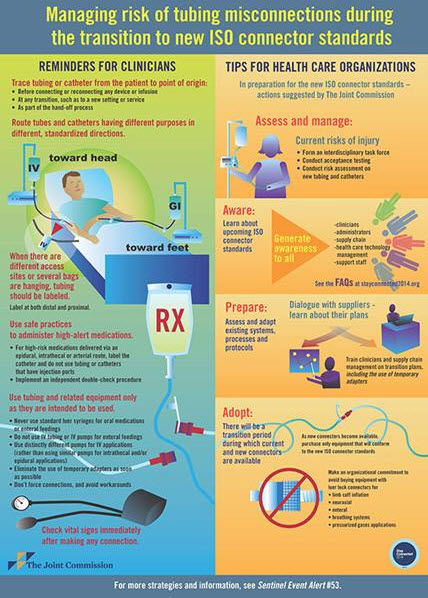Are New York Hospitals ready for Ebola?
After a first US patient died from Ebola yesterday in a hospital that handled the case in a very negligent manner (see article in Reuters), New York hospitals and airports are gearing up for the worst. Starting this Saturday all passengers arriving from the West African countries of Guinea, Liberia and Sierra Leone will have their temperature taken. Passengers suspected to have contracted the virus will be sent to Bellevue Hospital Center in Manhattan. Bellevue can treat up to 4 patients in dedicated isolation rooms and 9 additional rooms may be similarly equipped if necessary. The staff has received training related to leave-no-skin-cell uncovered precautions and all necessary protective gear is available.
Read more in the New York Times
 New York Personal Injury Attorneys Blog
New York Personal Injury Attorneys Blog


 After visiting a friend at the Emergency Room of the New York Presbyterian/Columbia Medical Center Hospital in Washington Heights in Manhattan, Senator Adriano Espaillat University said he was outraged by the horrendous conditions patients and staff had to deal with. People are lying on stretchers in the hallways, there is no privacy, the staff is overwhelmed, patients are waiting 85 minutes to see a doctor on average and 717 minutes to get a room.
After visiting a friend at the Emergency Room of the New York Presbyterian/Columbia Medical Center Hospital in Washington Heights in Manhattan, Senator Adriano Espaillat University said he was outraged by the horrendous conditions patients and staff had to deal with. People are lying on stretchers in the hallways, there is no privacy, the staff is overwhelmed, patients are waiting 85 minutes to see a doctor on average and 717 minutes to get a room.

 When a water emergency happens, hospitals have to be ready. They need to plan ahead how to deal with the loss of water for consumption, equipment sterilization, laundry and dialysis. Hospitals in West Virginia faced that emergency recently. The Joint Commission staff met with representatives of 7 of the affected hospitals to discuss how they handle this situation and subsequently released a paper about the lessons that can be learned from the week long water emergency that resulted from the chemical spill of the Elk River.
When a water emergency happens, hospitals have to be ready. They need to plan ahead how to deal with the loss of water for consumption, equipment sterilization, laundry and dialysis. Hospitals in West Virginia faced that emergency recently. The Joint Commission staff met with representatives of 7 of the affected hospitals to discuss how they handle this situation and subsequently released a paper about the lessons that can be learned from the week long water emergency that resulted from the chemical spill of the Elk River.